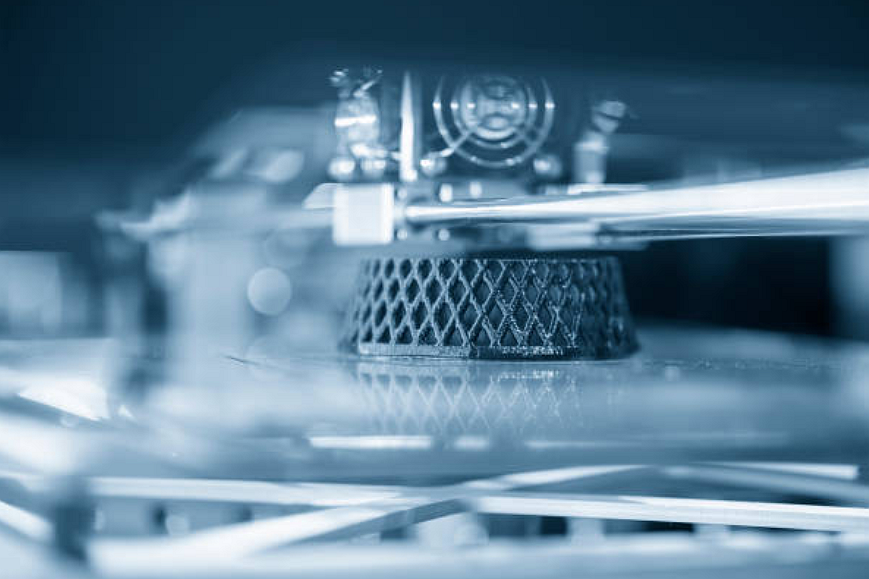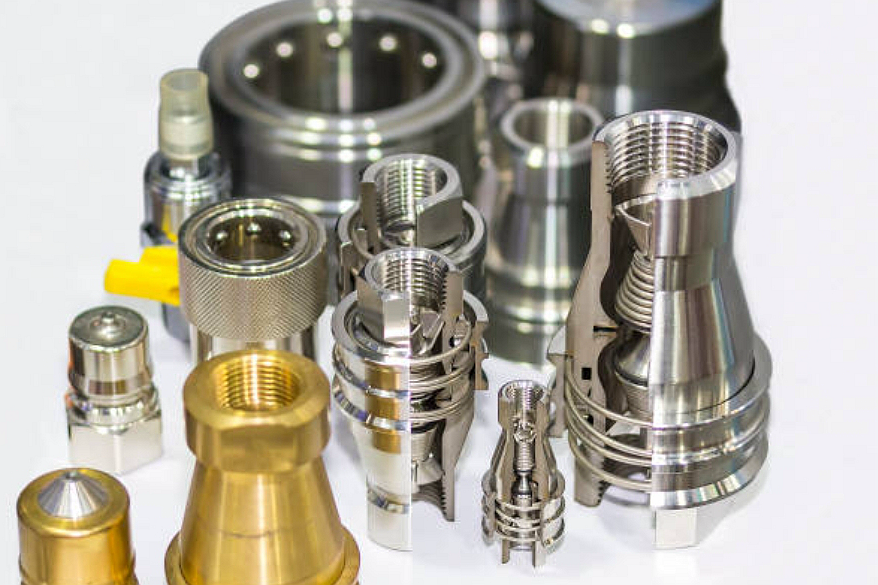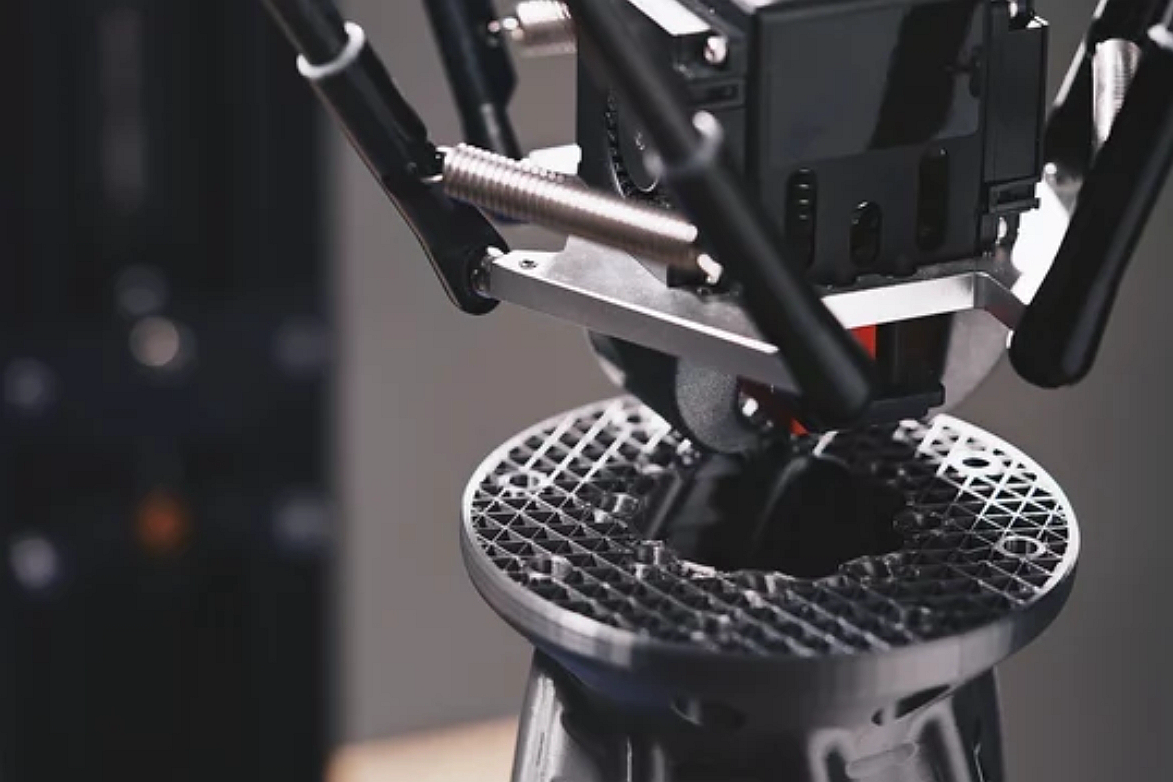7000 Series Aluminum
Basic Description of 7000 Series Aluminum Powder
The 7000 Series Aluminum Powder represents a group of aluminum alloys known for their exceptional strength-to-weight ratio and corrosion resistance. Comprising primarily of aluminum, zinc, and magnesium, this series stands out for its high tensile strength and toughness, making it ideal for applications requiring durability and structural integrity.
Similar Grades to 7000 Series Aluminum
The 7000 Series's notable grades include 7075, 7050, and 7021. Each grade possesses unique properties tailored to specific applications. For instance, 7075 is renowned for its high strength and good machinability, while 7050 offers improved stress corrosion cracking resistance. Similarly, 7021 exhibits excellent weldability and fatigue strength, making it suitable for aerospace and automotive components.
These grades share commonalities in alloy composition, emphasizing aluminum as the primary constituent, typically accounting for over 90% of the alloy's composition. Zinc and magnesium are vital alloying elements, contributing to the material's strength and hardness. Additionally, trace elements such as copper and chromium may be added to enhance specific properties, further diversifying the applications of the 7000 Series Aluminum alloys.
7000 Series Aluminum 3D Print Applications
The 7000 Series Aluminum alloys find extensive applications across various industries due to their exceptional mechanical properties and corrosion resistance. Here are some specific applications where these alloys excel:
Aerospace Industry:
Aircraft structural components: The high strength-to-weight ratio of 7000 Series Aluminum alloys makes them ideal for manufacturing critical components such as fuselage frames, wing structures, and landing gear.
Aerospace fasteners: Parts requiring high strength and durability, such as bolts, rivets, and screws, benefit from the superior mechanical properties of these alloys.
Automotive Sector:
High-performance vehicle components: The lightweight nature and high strength of 7000 Series Aluminum alloys contribute to improved fuel efficiency and vehicle performance. Applications include engine blocks, chassis components, and suspension systems.
Racing car parts: In motorsports, where weight reduction and strength are paramount, these alloys are used to fabricate components like roll cages, engine parts, and transmission housings.
Sports Equipment:
Bicycle frames: Manufacturers utilize the strength and stiffness of 7000 Series Aluminum alloys to craft lightweight and durable bicycle frames, enhancing rider performance and comfort.
Climbing equipment: Carabiners, climbing anchors, and other safety-critical gear benefit from the high strength and corrosion resistance of these alloys, ensuring reliability in challenging environments.
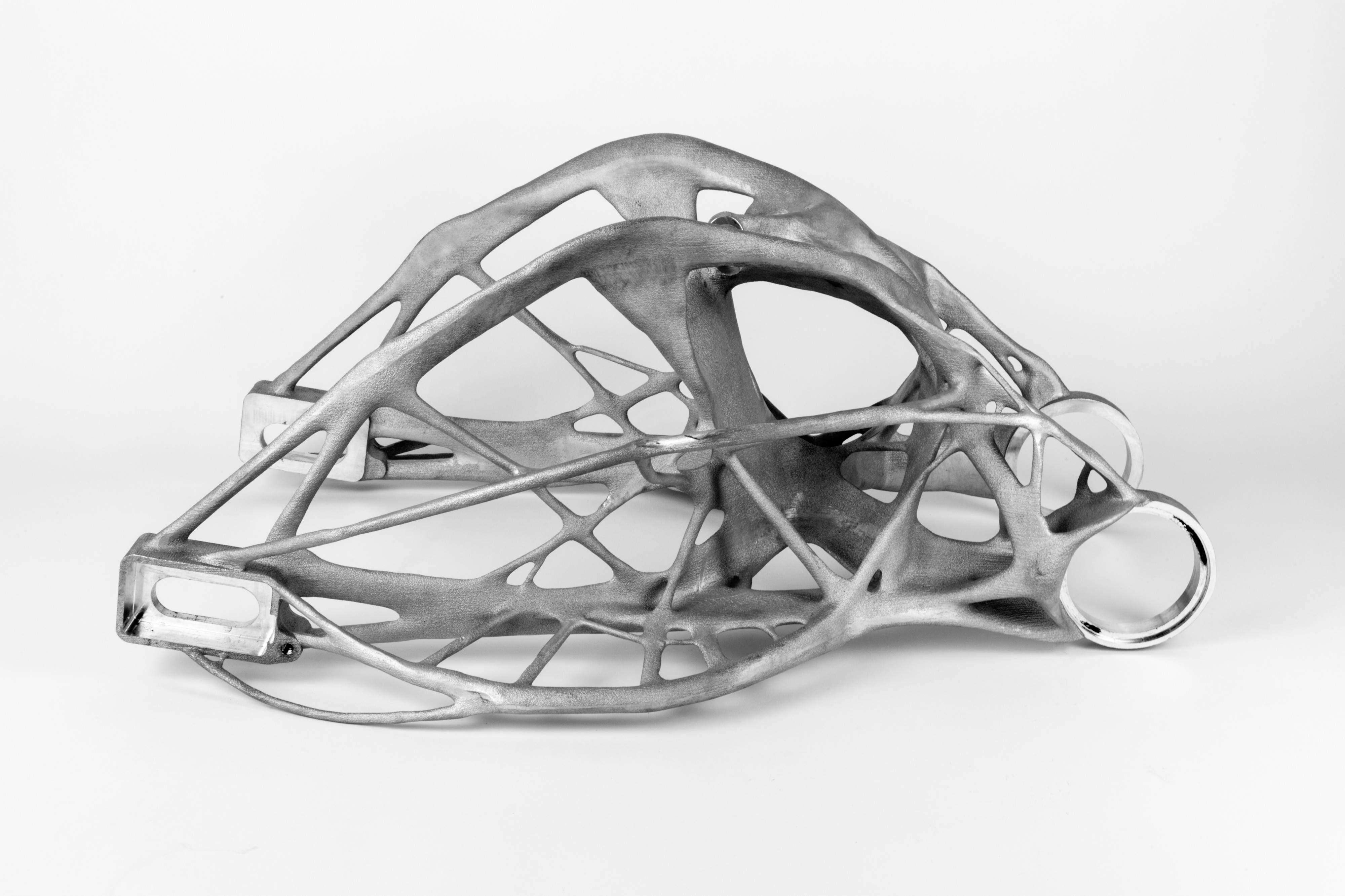
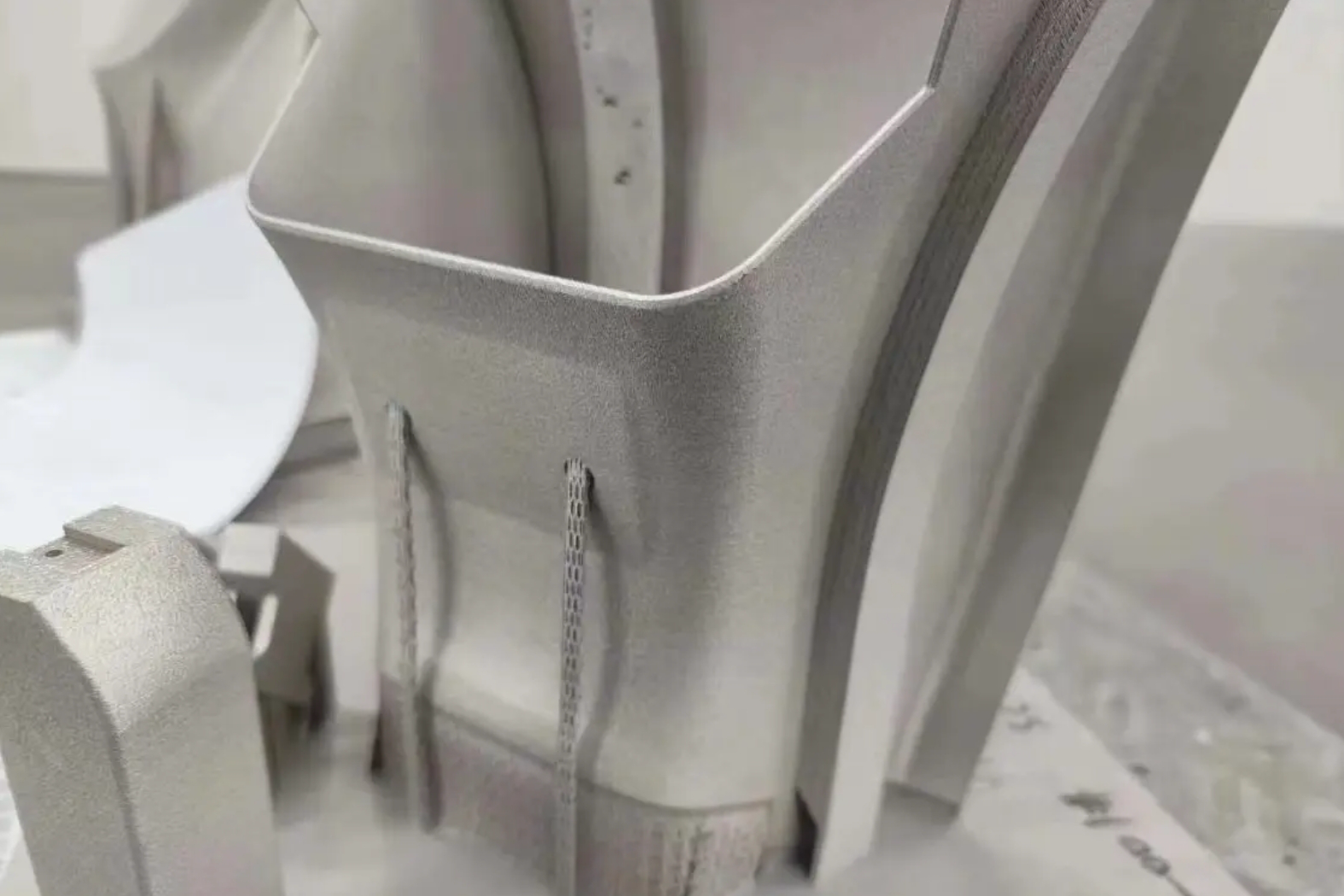
Defense and Military Applications:
Weapon systems: Firearms, missiles, and armored vehicles utilize 7000 Series Aluminum alloys for their structural integrity, allowing for lightweight yet robust designs.
Military aircraft: Components such as helicopter rotor blades and armored aircraft panels benefit from these alloys' high strength and fatigue resistance, enhancing operational performance and survivability.
Marine Industry:
Boat hulls and structures: The corrosion resistance of 7000 Series Aluminum alloys makes them suitable for marine applications where exposure to saltwater and harsh environmental conditions is expected. These alloys are used in manufacturing boat hulls, masts, and deck fittings, offering durability and longevity.
Consumer Electronics:
Smartphone casings: The lightweight and aesthetically pleasing properties of 7000 Series Aluminum alloys make them an ideal choice for manufacturing smartphone casings, providing both durability and sleek design.
Laptop chassis: Manufacturers utilize these alloys to produce lightweight yet sturdy, ensuring portability and structural integrity.
7000 Series Aluminum Composition and Properties
The composition and properties of 7000 Series Aluminum alloys play a crucial role in determining their suitability for various applications. Here's an overview:
Composition:
Aluminum (Al): Aluminum is the primary constituent of 7000 Series Aluminum alloys, typically accounting for over 90% of the alloy composition. Its abundance and favorable properties, such as low density and corrosion resistance, form the foundation of these alloys.
Zinc (Zn): Zinc is an essential alloying element in the 7000 Series, contributing to the alloy's strength and hardness. Its presence enhances the precipitation-hardening response of the material, resulting in improved mechanical properties.
Magnesium (Mg): Magnesium is another essential alloying element that enhances the strength and stiffness of 7000 Series Aluminum alloys. Its solid solution strengthening effect, coupled with zinc, imparts excellent tensile strength and fatigue resistance to the material.
Copper (Cu): Copper is often added in small quantities to 7000 Series alloys to further enhance their strength and corrosion resistance. It forms strengthening precipitates during heat treatment, contributing to the overall mechanical properties of the alloy.
Properties:
High Strength: One of the defining characteristics of 7000 Series Aluminum alloys is their exceptional strength-to-weight ratio. These alloys exhibit high tensile and yield strengths, making them suitable for structural integrity and load-bearing capacity applications.
Lightweight: Despite their high strength, 7000 Series Aluminum alloys are lightweight, offering significant weight savings compared to other materials such as steel. This property is particularly advantageous in aerospace, automotive, and sports equipment applications where weight reduction is critical.
Corrosion Resistance: The corrosion resistance of 7000 Series Aluminum alloys, especially in marine and aerospace environments, is excellent. Adding zinc and magnesium enhances the alloy's resistance to atmospheric and chemical corrosion, prolonging the lifespan of components.
Machinability: Depending on the specific alloy grade and temper, 7000 Series Aluminum alloys exhibit varying degrees of machinability. Proper selection of cutting tools and machining parameters is essential to achieve optimal results during machining operations.
Weldability: While 7000 Series Aluminum alloys can be welded using appropriate techniques, care must be taken to minimize heat-affected zone (HAZ) softening and potential cracking. Preheating and post-weld heat treatment may be required to maintain the mechanical properties of the welded joints.
7000 Series Aluminum Powder Characteristics
Understanding the characteristics of 7000 Series Aluminum powder is essential for optimizing manufacturing processes and achieving desired part properties. Here are key powder characteristics to consider:
Yield Strength: The yield strength of 7000 Series Aluminum powder refers to the maximum stress a material can withstand without permanent deformation. Typically, this value ranges from 400 MPa to 600 MPa, depending on the specific alloy composition and processing parameters.
Tensile Strength: The tensile strength of 7000 Series Aluminum powder represents the maximum stress a material can endure before fracturing under tension. It typically ranges from 500 MPa to 700 MPa, making these alloys well-suited for applications requiring high mechanical strength.
Elongation: Elongation measures the plastic deformation a material can undergo before failure and is expressed as a percentage of the original length. For 7000 Series Aluminum powder, elongation values typically range from 5% to 12%, indicating moderate ductility despite high strength levels.
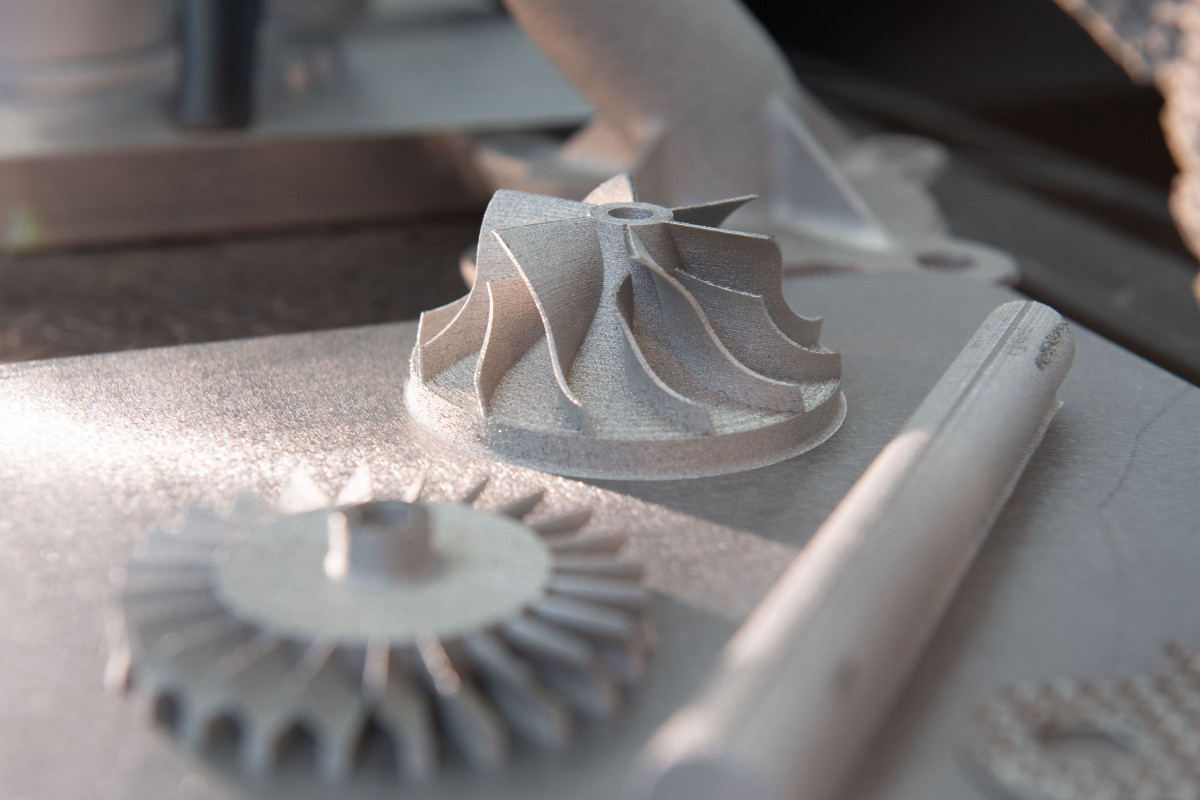
7000 Series Aluminum Physical Properties
Understanding the physical properties of 7000 Series Aluminum alloys is crucial for designing and engineering components with optimal performance. Here are the critical physical properties to consider:
Density: The density of 7000 Series Aluminum alloys typically ranges from 2.7 g/cm³ to 2.9 g/cm³, making them lightweight materials ideal for applications where weight reduction is critical, such as aerospace and automotive industries.
Hardness: 7000 Series Aluminum alloys exhibit high hardness levels, typically ranging from 120 to 150 HB (Brinell Hardness). This hardness ensures excellent wear resistance and durability, making these alloys suitable for demanding applications.
Specific Surface Area: The specific surface area of 7000 Series Aluminum powder varies depending on particle size distribution and morphology. Fine powders tend to have higher specific surface areas, which can influence powder flowability and compaction behavior during processing.
Sphericity: Sphericity refers to the degree of roundness of powder particles. Achieving high sphericity is desirable for 7000 Series Aluminum powder as it promotes uniform packing density and enhances flowability, facilitating efficient powder handling and processing.
Bulk Density: The bulk density of 7000 Series Aluminum powder depends on particle size, shape, and packing arrangement. Typical bulk densities range from 1.5 g/cm³ to 2.5 g/cm³, impacting powder flowability and compaction behavior in powder metallurgy processes.
Hall Flow Rate: The Hall flow rate measures the flowability of 7000 Series Aluminum powder under specified conditions. Higher flow rates indicate better powder flowability, which is advantageous for achieving uniform filling in molds or dies during compaction processes.
Melting Point: The melting point of 7000 Series Aluminum alloys varies depending on the specific alloy composition. However, most alloys within this series have melting points ranging from 477°C to 635°C, enabling processing via various manufacturing techniques such as casting, extrusion, and forging.
Relative Density: Relative density, also known as specific gravity, compares the density of a material to that of water. The relative density of 7000 Series Aluminum alloys typically ranges from 2.6 to 2.8, indicating their lightweight nature compared to other engineering materials.
Recommended Layer Thickness: In additive manufacturing processes such as 3D printing, the recommended layer thickness for 7000 Series Aluminum alloys depends on machine capability, part geometry, and desired surface finish. Typically, layer thicknesses range from 20 to 100 microns.
Thermal Expansion Coefficient: The thermal expansion coefficient of 7000 Series Aluminum alloys typically ranges from 22 to 25 µm/m°C, indicating their moderate thermal expansion behavior. Understanding this property is essential for predicting dimensional component changes subjected to temperature variations.
Thermal Conductivity: 7000 Series Aluminum alloys exhibit high thermal conductivity, typically ranging from 130 to 180 W/m°C. This property facilitates efficient heat dissipation in applications such as heat sinks, radiators, and electronic enclosures.
Manufacturing With 7000 Series Aluminum
7000 Series Aluminum alloys are compatible with various manufacturing techniques, each offering unique advantages and considerations. Here's a breakdown of the manufacturing processes suitable for these alloys:
3D Printing:
Additive manufacturing techniques such as selective laser melting (SLM) and direct metal laser sintering (DMLS) are well-suited for processing 7000 Series Aluminum alloys.
3D Printing allows for complex geometries and rapid prototyping without extensive tooling, making it ideal for producing customized and intricate components.
However, achieving high-density parts with optimal mechanical properties may require post-processing steps such as heat treatment and surface finishing.
Metal Injection Molding (MIM):
MIM is a cost-effective manufacturing method for producing small, complex parts with tight tolerances using powdered metals, including 7000 Series Aluminum alloys.
MIM offers high production efficiency and scalability, making it suitable for mass production of automotive, electronics, and medical device components.
Control over powder characteristics, binder formulation, and sintering parameters is crucial for achieving desired part density and mechanical properties.
Powder Compression Molding (PCM):
PCM, known as powder metallurgy compaction, involves compressing powdered metal into a desired shape using a die or mold under high pressure.
This process is suitable for producing components with intricate geometries and controlled porosity, making it advantageous for applications requiring lightweight and porous structures.
Optimization of powder characteristics, compaction pressure, and sintering conditions is essential for achieving uniform density distribution and mechanical properties in PCM parts.
CNC Machining:
CNC machining offers precision manufacturing capabilities for 7000 Series Aluminum alloys, allowing for the production of high-quality components with tight tolerances.
This subtractive manufacturing process involves removing material from a solid block or billet using computer-controlled cutting tools, enabling customization and rapid production of parts.
However, CNC machining may result in material wastage and longer lead times than additive manufacturing techniques.
Comparison of Parts Produced by Different Manufacturing Processes:
Surface Roughness: Additive manufacturing processes like 3D Printing may exhibit higher surface roughness than CNC machining, producing smoother surfaces.
Tolerances: CNC machining typically offers tighter tolerances than additive manufacturing due to its subtractive nature and precise control over tool movements.
Internal Defects: Parts produced by powder metallurgy techniques such as MIM and PCM may contain internal porosity or defects. CNC-machined parts are generally free from such issues.
Mechanical Properties: Additive manufacturing processes may introduce residual stresses or anisotropic properties in parts, whereas conventionally machined parts exhibit isotropic mechanical properties.
Everyday Issues and Solutions in Manufacturing Processes:
Surface Treatment: Parts manufactured from 7000 Series Aluminum alloys may require surface treatments such as anodizing or chemical conversion coating to enhance corrosion resistance and aesthetics.
Heat Treatment: Heat treatment processes such as solutionizing and aging are commonly used to optimize aluminum alloy components' mechanical properties and microstructure.
Tolerance Achievement: To minimize dimensional variations, achieving tight tolerances in CNC machining requires careful selection of cutting parameters, tooling, and machine calibration.
Deformation and Cracking: Proper fixture design and machining strategies can help mitigate deformation and cracking issues during CNC machining of aluminum alloy parts.
Detection Methods: Non-destructive testing techniques such as ultrasonic and eddy current testing can be employed to inspect for defects or discontinuities in finished aluminum alloy components.
